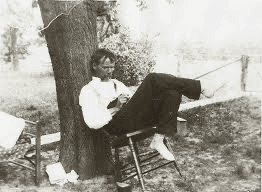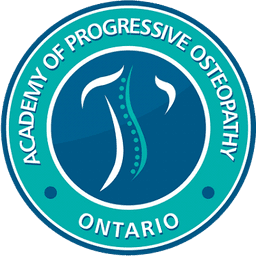Insight into Manual Osteopathic Education
Back to blog
When entering a discussion on traditional manual osteopathic education, one is obliged to distinguish its essence through an examination of its origins. Since the inception of Osteopathy, it has relied on a rigorous and comprehensive study of anatomy, an understanding and appreciation of the role of nature, hands-on palpation training, and certain key concepts.
A.T. Still, the discoverer of Osteopathy based his new form of manual medicine on anatomy. Students in an osteopathic education undertake in-depth studies of gross anatomy, neuroanatomy, physiology and embryology as prerequisite foundational information that is then explained in the context of osteopathic technique. The second major influence was nature, as typical of the contemporary American Transcendental Movement, and by the famous essay on Nature by Ralph Waldo Emerson.
Lastly, one aspect that is often missing from a discussion on osteopathic education, is the influence of the oral tradition, which consisted of stories and anecdotes told in class by the professors during technique instruction and palpation training. If any one of these components are missing, then what is being taught is not osteopathic education.
What makes osteopathic technique effective is not only this extensive anatomical knowledge, but also an understanding of the contextual framework with which to apply it. Context is decisive. The historical stories, and the relationship of those stories to the technique being demonstrated at that time, were key components of effective technique transmission. An excellent example of this is the ‘Cant Hook Technique’, an important cranial osteopathic technique, that is poorly understood, rarely explained, and often misused. There’s a history attached to that technique, and many others as well, and that history leads to an appreciation of the greater understanding of how and when a technique should be applied. If the story isn’t included…then it might be considered a cranial technique but not osteopathic and is thereby robbed of its potency.
One has to keep in mind that stories involved were essential to deepen the understanding of the material and to clarify the reasoning behind why a technique might be considered suitable. The oral tradition as part of osteopathic education is twofold. In one sense these anecdotes conveyed a key concept. On the other hand, they were preparing the mind of the student to think osteopathically. Contrary to what many individuals think, Osteopathy is not a collection of techniques. Osteopathy could be described as a philosophy, a way of experiencing the world, or a vocation, depending on the individual. The technical education process hinged upon the instructor doing the technique to students, or having the student perform the technique on the teacher, or the placing of the teacher’s hands on the students’ hands while performing the technique. As a nod to the oral tradition, the goal was to pass along the experience.
